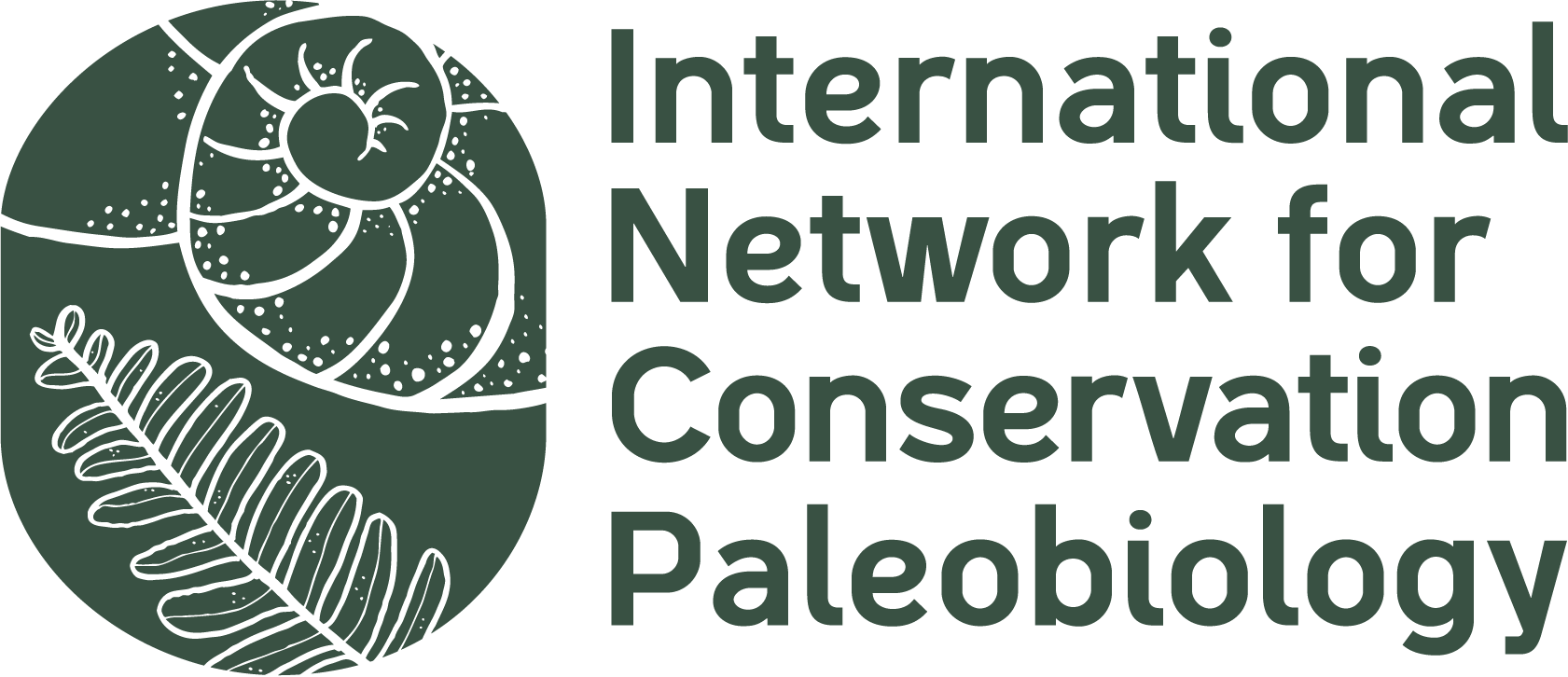Manoomin - Psin – Zizania
Led by Native American resource managers, we are convening a working group across 20+ tribal entities in the north-central United States, with the goal of building consensus around the use of sedimentary ancient DNA (sedaDNA) to detect deep-past and recent populations of wild rice (manoomin in Ojibwe, psiŋ in Dakota, Zizania palustris and Z. aquatica) using lake sediment cores. Wild rice is a valuable traditional food, and is of extremely high cultural and spiritual importance to many Indigenous people of the Laurentian Great Lakes region. For this reason, any research involving wild rice must be tribally led, and outcomes designed to benefit the tribes (e.g., Matson et al. 2020). In this project, output from four facilitated meetings (one virtual in fall 2021, and three in person across the region in March-April 2022) will be synthesized into a white paper that will provide specific guidance from these sovereign Nations to other stakeholder groups, academic researchers, and agencies on any agreed-upon restrictions on the utilization of sedaDNA of wild rice, as well as tribal priorities for the application of this technique.
Wild rice is threatened by environmental degradation due to industrial processes and agriculture, so its protection can be a contentious regulatory and political issue in Minnesota, Wisconsin, and Michigan, involving tribal, state, and federal agencies. The wild rice paleorecord has tremendous potential for detecting and tracking past changes in wild rice distributions. Until recently, however, proxies for wild rice were either ineffective (pollen, seeds), or low-throughput and thus not scalable to region-wide use (phytoliths). SedaDNA would supplement Indigenous ecological knowledge and Western scientific findings to inform conservation, management, designation for protection, and the enhancement of cultural and historical records.

Principal investigators

Karen Diver
University of Minnesota

Tom Howes
Fond du Lac Band of Lake Superior Chippewa

Amy Myrbo
Science Museum of Minnesota

Department of Anthropology
Minnesota State University, Mankato

Nancy Schuldt
Fond du Lac Office of Water Protection

Darren Vogt
1854 Treaty Authority
About CPN Working Groups: The Conservation Paleobiology Network (CPN) sponsors working groups focused on research questions that integrate conservation paleobiologists, academic partners, wildlife managers, and stakeholders to develop effective strategies for translating products of historical research into conservation and management actions. Each working group includes meetings to develop approaches to research or applications. Working groups should engage key interest groups (conservation paleobiologists, archaeologists, environmental historians, federal and state management officers, and stakeholders) and contribute to the broader mission of the CPN of establishing conservation paleobiology as both a basic and applied discipline. Outcomes may include publications or other products developed by working groups, tutorials and lectures contributed to the CPN webinars, and/or proposals to funding agencies to support further activities. The working group panel oversees solicitation, selection, development and assessment of working groups.

